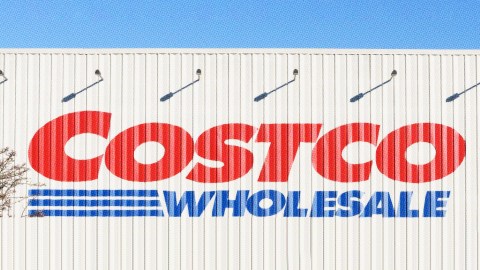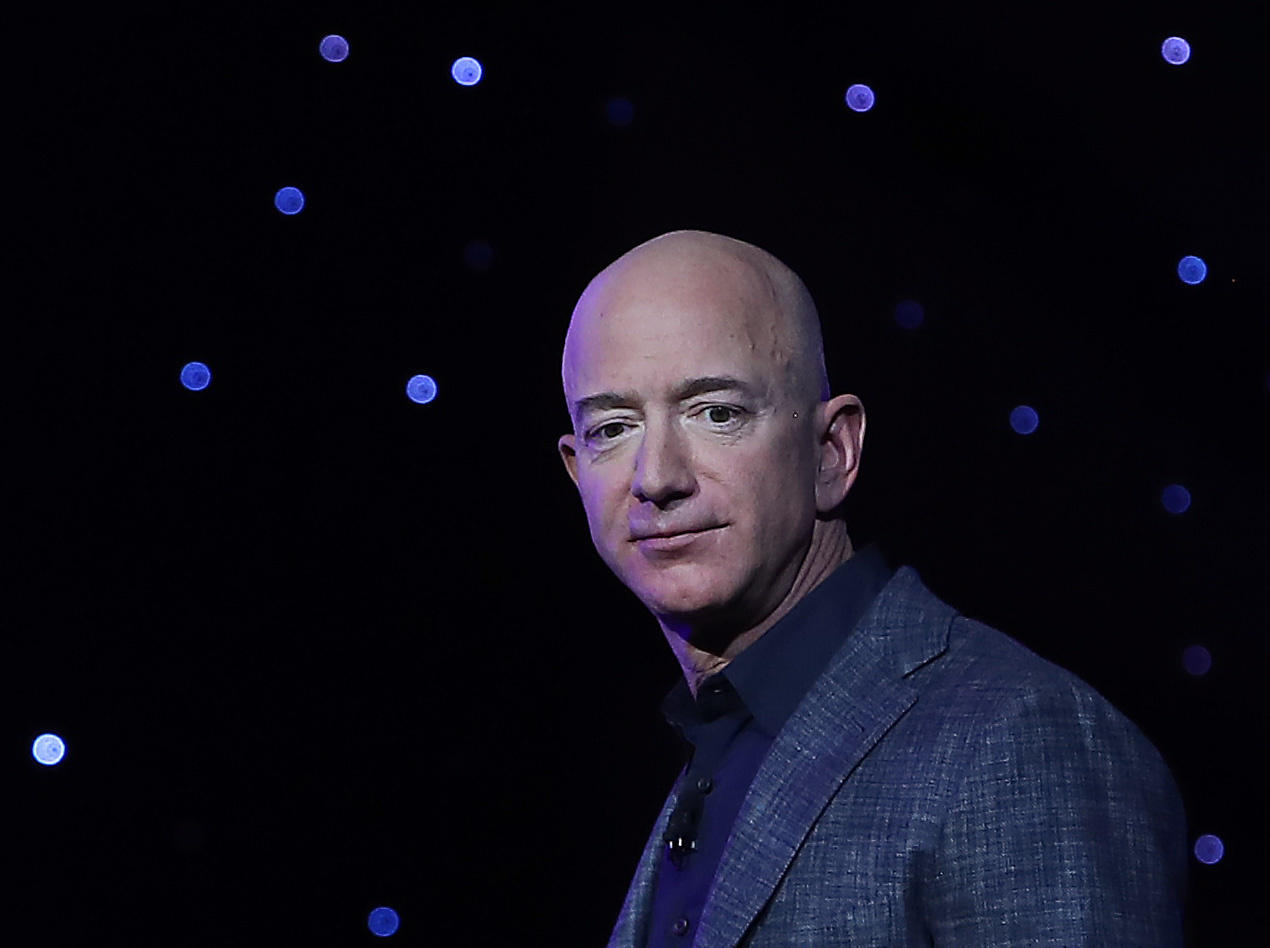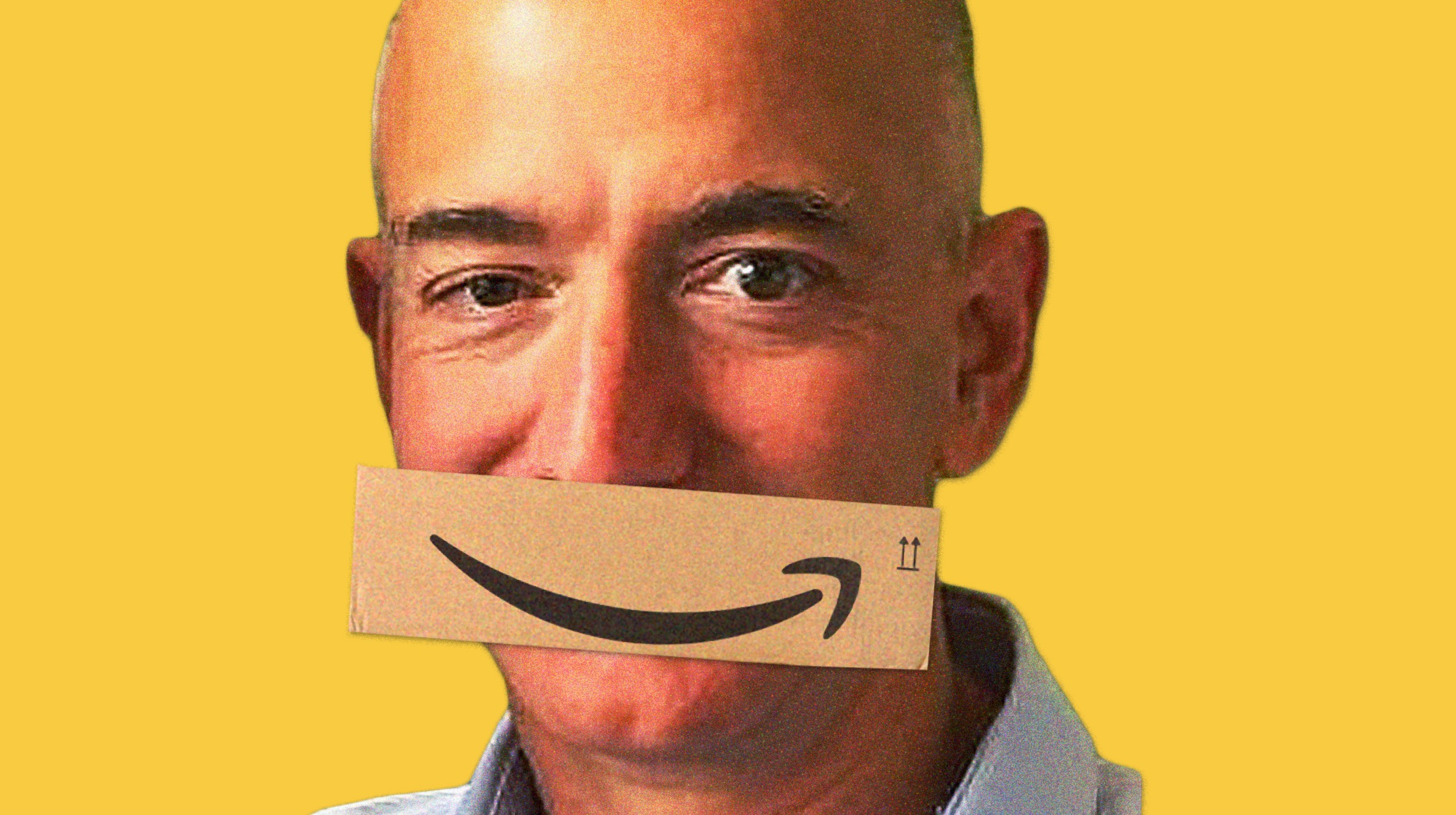The surprising business model of Costco

- With a total revenue of over $140 billion, Costco is one of the biggest retailers in the world.
- The company’s membership-only business model creates a steady stream of income even when sales drop.
- This model is not without its challenges: Costco has been slow to adapt to online shopping trends, and its bulky inventory makes deliveries difficult.
On September 15, 1983, Jim Sinegal and Jeffrey Brotman opened the first Costco location in Seattle. The concept, a membership-only store that sells goods at a discount, was borrowed from retailer Sol Price and his son, who ran a similar business called Price Club. Sinegal had worked with the Prices, who operated Price Club out of a series of airplane hangars in San Diego.
Price Club was different from other retail stores in that it catered to small businesses rather than individual consumers. For an annual fee of $25 (about $130 in today’s dollars), customers could purchase discounted products in bulk. The concept was a success; within a few years, Price Club was collecting fees from over a million members and opening new locations in the U.S., Canada, and Mexico.
Sinegal and Brotman hopped on the bandwagon early, founding Costco several years before Price Club’s aggressive expansion took place. Their own brand grew just as rapidly, gaining a second location just three months after the first opened. By the end of 1984, Costco was operating in five states and generating more than a billion dollars in revenue.
Both retailers continued their upward trajectories into the next decade, by which time Sol Price was considering selling Price Club to the right buyer. He received a generous offer from Walmart founder Sam Walton but refused. Although Walton cited Price as his single greatest inspiration, the latter felt that the two brands were too different to combine into a single entity.
A disappointed Walton went on to create his own membership-only retail warehouse chain in the form of Sam’s Club, while Price Club agreed to merge with Costco in 1993 to form PriceCostco. PriceCostco was run by executives from both companies until 1994, when the Prices left to start a new chain in Central America. Three years later PriceCostco dropped the first part of its name, continuing as Costco.
Costco in numbers
Costco has come a long way since the 1993 merger. As of 2022, the company operates 834 warehouses in 12 countries. The majority of these locations are distributed across the U.S., Canada, Mexico, and Puerto Rico, but Costco has also become a recognizable brand in places as distant as Korea and Japan. Earlier this year, the company opened its first warehouse in New Zealand.
In 2021, Costco earned $160 million per location, with total revenue in that year clocking in at $141.4 billion, making Costco the 10th biggest corporation in the U.S.
Costco is not just big, but profitable as well. Earnings reports from 2021 reveal Costco’s annual net income amounted to roughly $5 billion, a 25% increase from the previous year. To put that into perspective, the company’s biggest U.S. competitor, Walmart, reported a 9.21% decline in net income when compared to 2020 — a sign that Costco is doing things differently.
But how can Costco turn a profit if its products sell at a lower price than at other retailers? The answer involves its unique business model. According to the Motley Fool, nearly 80% of the company’s net income is generated by its two different types of membership fees: a regular $60 per year membership fee, and a $120 per year “executive” membership fee with a 2% cash back reward on products.
These fees help Costco in two ways. First — and most importantly — they ensure that the company receives a steady stream of revenue, even when in-store purchases drop. During the COVID-19 pandemic, which temporarily forced physical stores to close, this was especially helpful. Membership fees also give customers an incentive to continue shopping at Costco in order to get their money’s worth.
What makes Costco profitable?
Aside from fees, the company maximizes profit by minimizing costs. Because its members already have a strong incentive to shop at Costco, management does not need to spend a significant amount on marketing. According to Business Insider, not advertising saves the company an estimated 2% of costs per year — funds that, in turn, can be used to further drive down prices.
Rather than designing kid-friendly mascots or producing expensive commercials, Costco attracts new customers with competitive pricing. While its membership fees may seem steep, they are worth it if you shop consistently. Costco is, after all, quite a bit cheaper than other retailers — up to 10% cheaper on average, according to some estimates — and the more you buy, the more you save.
Costco also saves money on its warehouses, which are simplistic in their design and sparsely decorated compared to Target or Walmart. The company relies heavily on self-service, allowing it to cut back on labor. Where Walmart supercenters employ upward of 350 people, Costco employs an average of 255 people per location.
One thing Costco has refused to cut back on is salaries. Indeed, the company’s pay and employee benefits are better than its competitors. In 2021, Costco raised its minimum wage not once but twice: first in February, and again in October. The company has been listed on Glassdoor’s “Best Places to Work” 10 times in the past decade, a feat that keeps turnover low and productivity high.
Although Costco is incredibly successful, its membership-only business model is not without flaws. Investopedia lists the company’s dependence on brick-and-mortar warehouses as a possible disadvantage during a time when more and more customers are shopping online. Delivery services, which have proven lucrative for many retailers, are too costly and impractical for Costco’s bulky inventory.
Still, the future of Costco looks bright. The company managed to retain the vast majority of its highly loyal members during the pandemic, and customer satisfaction rates are as high as ever. Meanwhile, Costco is partnering with multinational technology firm Alibaba to enter China’s e-commerce market: a frontier that many western retailers have yet to explore.





